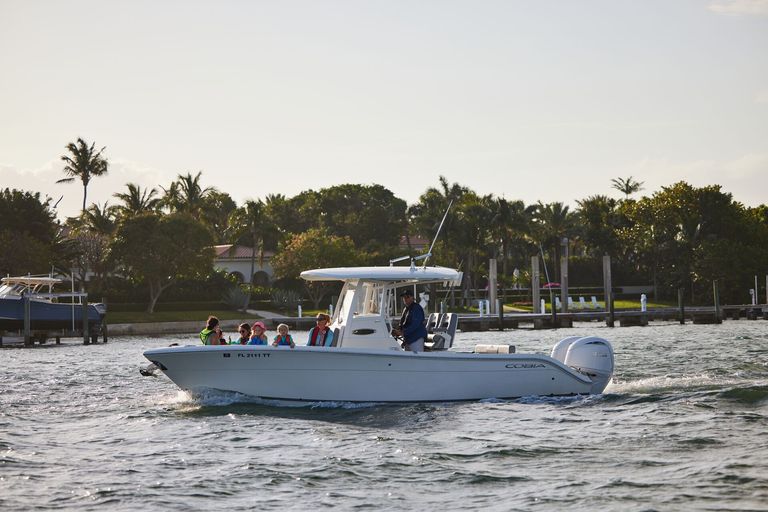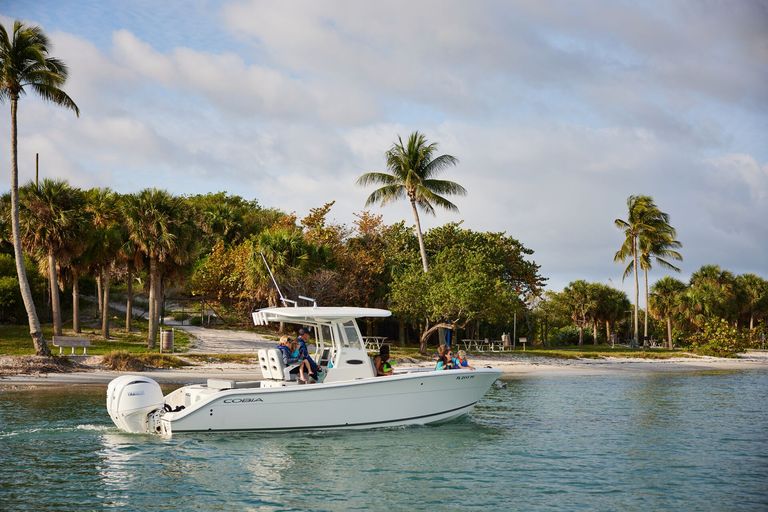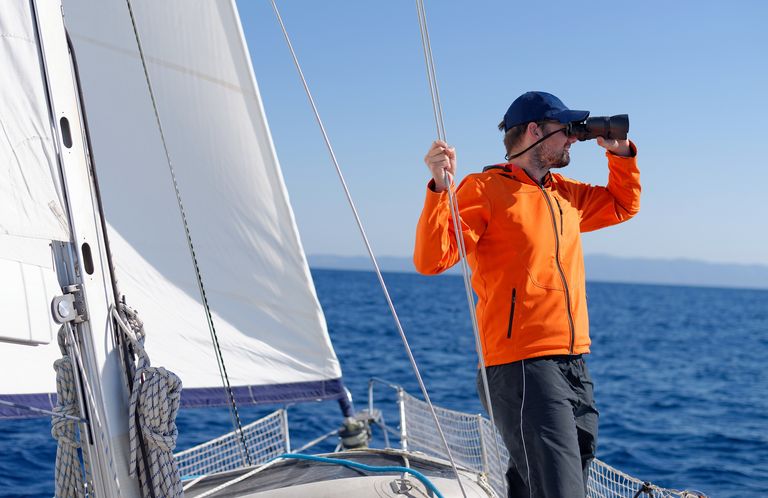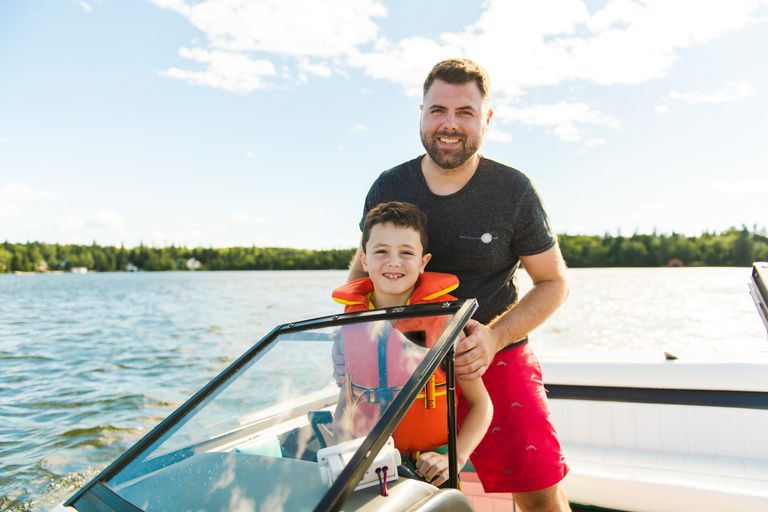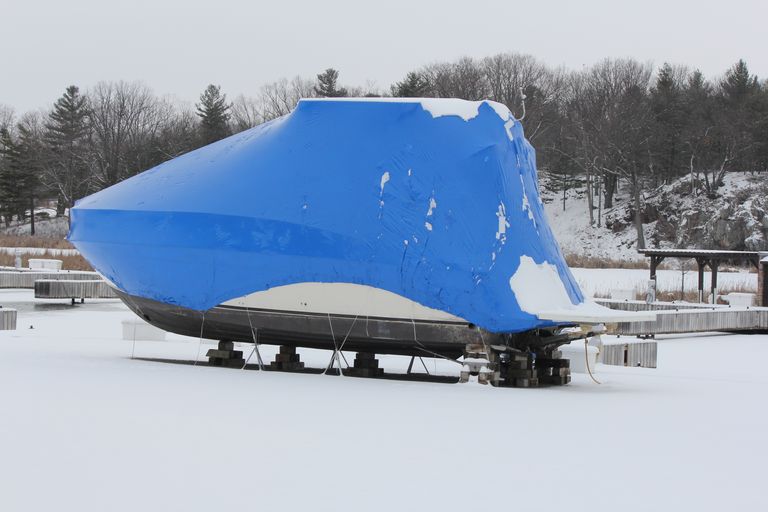Boat Terminology: What is Port and Starboard on a Boat?
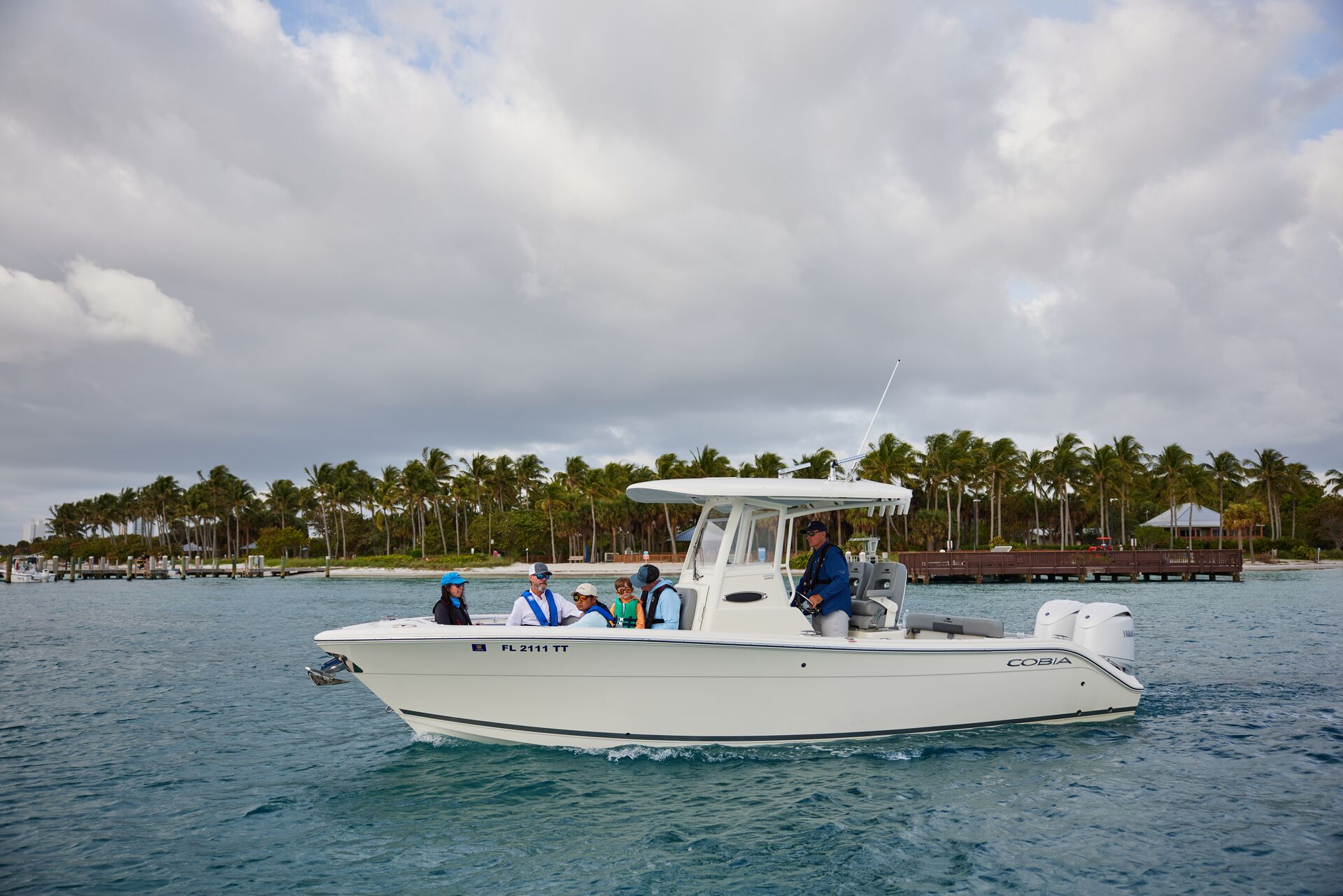
Whether you've already spent time around boats or are new to the boating world, you've probably heard people use the terms "port" and "starboard." Knowing what these mean and why they're used — instead of just saying "left" or "right" — is vital to using the proper boating terminology.
So, what is port and starboard on a boat?
In short, these directional terms give you and others necessary information about which side of the boat you're referring to. These critical terms help with navigation and help reduce boating accidents.
Keep reading to learn where they came from, how they're used, and why you should always use them to avoid confusion when boating. These terms apply to your boat and navigation, whether you boat in the U.S. or Canada!
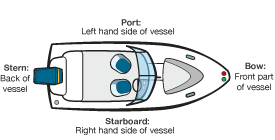
So, What Is Port and Starboard On a Boat?
Port and starboard mean left and right when talking about the sides of a boat.
- "Port" refers to the left side of a boat when you're on the boat and facing the bow (front)
- "Starboard" refers to the right side in the same situation
Both of these terms are vital for overall communication and navigation purposes.
Why Use Port and Starboard Instead of "Left" and "Right?"
Using port and starboard avoids confusion because these terms are consistent across situations and on every vessel. Confusion can cause navigation problems and even put lives at risk, especially during an emergency or when perspectives differ.
Saying "left" or "right" can change based on where a person is oriented in relation to the boat, but port and starboard are fixed positions that never change. Without using these terms, you could accidentally direct someone to the wrong spot or even cause a collision when navigating past another boat.
Why Knowing These Terms Matters for Safety
Using the correct terms is vital for boating safety because clear communication helps prevent accidents and ensures smooth operations, even during emergencies. When communicating with other vessels or rescue teams over the radio, use the proper terms to reduce risk, facilitate rescue, and aid navigation.
The Origin of the Terms
The nautical terms used today have historical roots.
Starboard comes from the Old Norse for "steering side," which is stýri borð. Early boats were steered with a paddle or board on the right side, which made that side the traditional steering side.
Port was adopted due to ships docking with their left side facing the port, which was done to avoid the steering board. This helped keep the boat's maneuverability as it traveled to the dock and back into open water again.
How to Remember the Difference
If you're wondering how to remember port and starboard, many boaters use mnemonics to remember which term means right or left. For example, you can keep in mind things like "port and left both have four letters" or "starboard is longer, like the word 'right.'"
Some boaters also like to use visual aids to remember these terms, such as associating port with red navigation lights (i.e., port is red, and starboard is green).
When you're new to owning a boat, it's essential to learn how to operate it safely, and the proper terms are a big part of that.
Use Interactive or Visual Learning Tools
Diagrams, apps, and quizzes are excellent ways to reinforce learning when asking, "What are port and starboard on a boat?"
Practicing on a vessel or during training exercises is essential. Once you get comfortable with the terminology, you'll automatically use it when out on the water.
Practical Applications in Boating
There are many practical applications for proper boating terminology and scenarios where understanding these terms is critical. Navigation instructions are one such area, and docking procedures are another.
Port and starboard are also terms used when identifying oncoming vessels and their intentions.
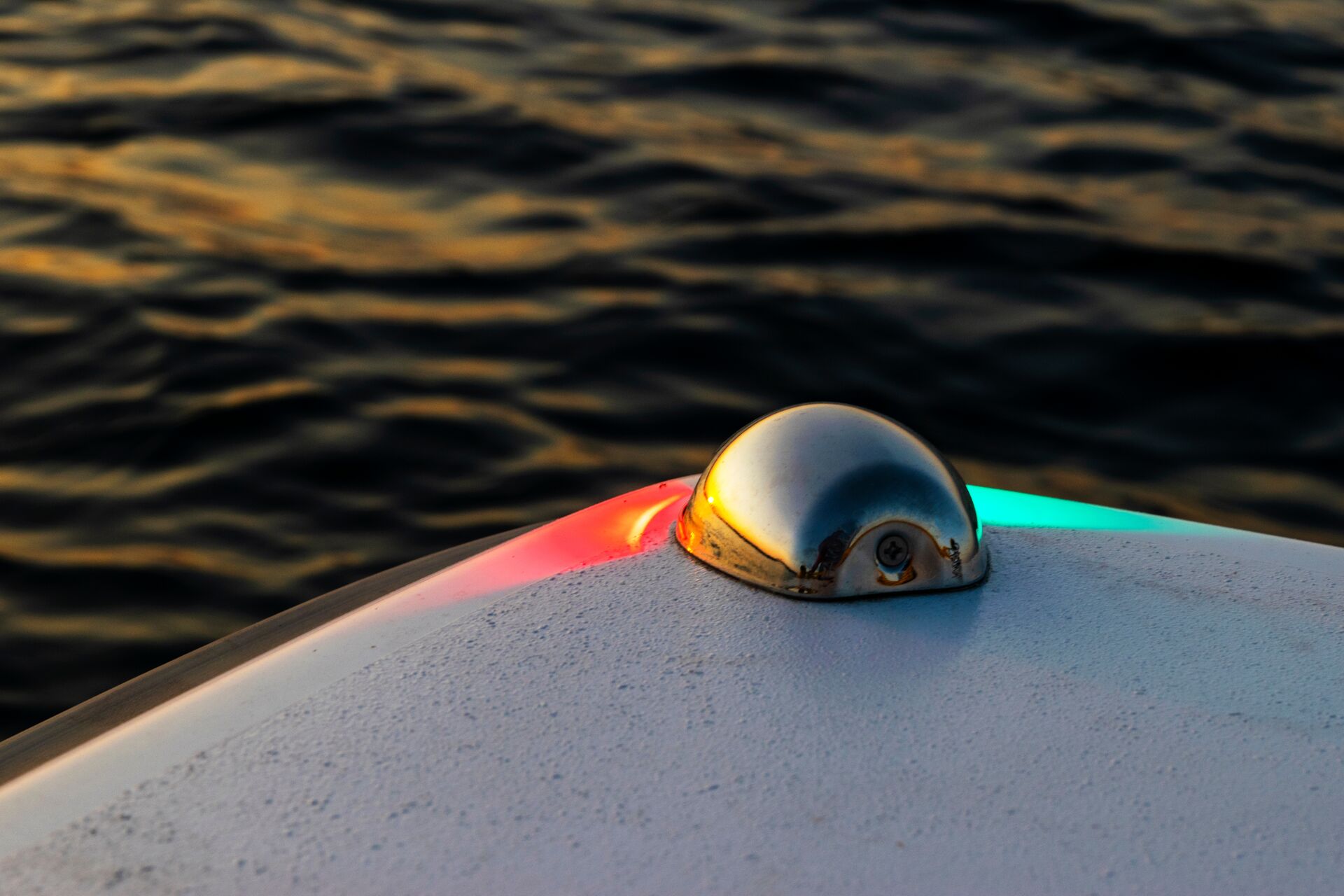
Color-Coding in Navigation Lights
At night and in low visibility, boats use red lights on the port side and green lights on the starboard side to avoid collisions. Boat operators must follow international maritime light rules to reduce collision risk and confusion, and you can face fines and other penalties if you don't adhere to these rules.
When you see another boat at night, you can quickly tell where they are in the water and which direction they're facing (and traveling) because you can see the different colors of the lights.
Common Mistakes and Tips for Beginners
One common mistake beginner boaters make is not remembering that they must be facing the vessel's bow when they use starboard and port terminology. For example, if they're facing the wrong way or not on the boat, they may say port when they actually mean starboard.
Labeling your boat can help beginners because it provides a visual cue that reminds you every time you see it. Then, even if you're facing your boat's stern (back), you'll know which side is starboard and port instead of defaulting to your current right and left.
Another way to remember which side is port or starboard is to wear red and green or put something colorful on your boat that indicates the proper side. You can use many tricks and tips; the important thing is finding what works for you.
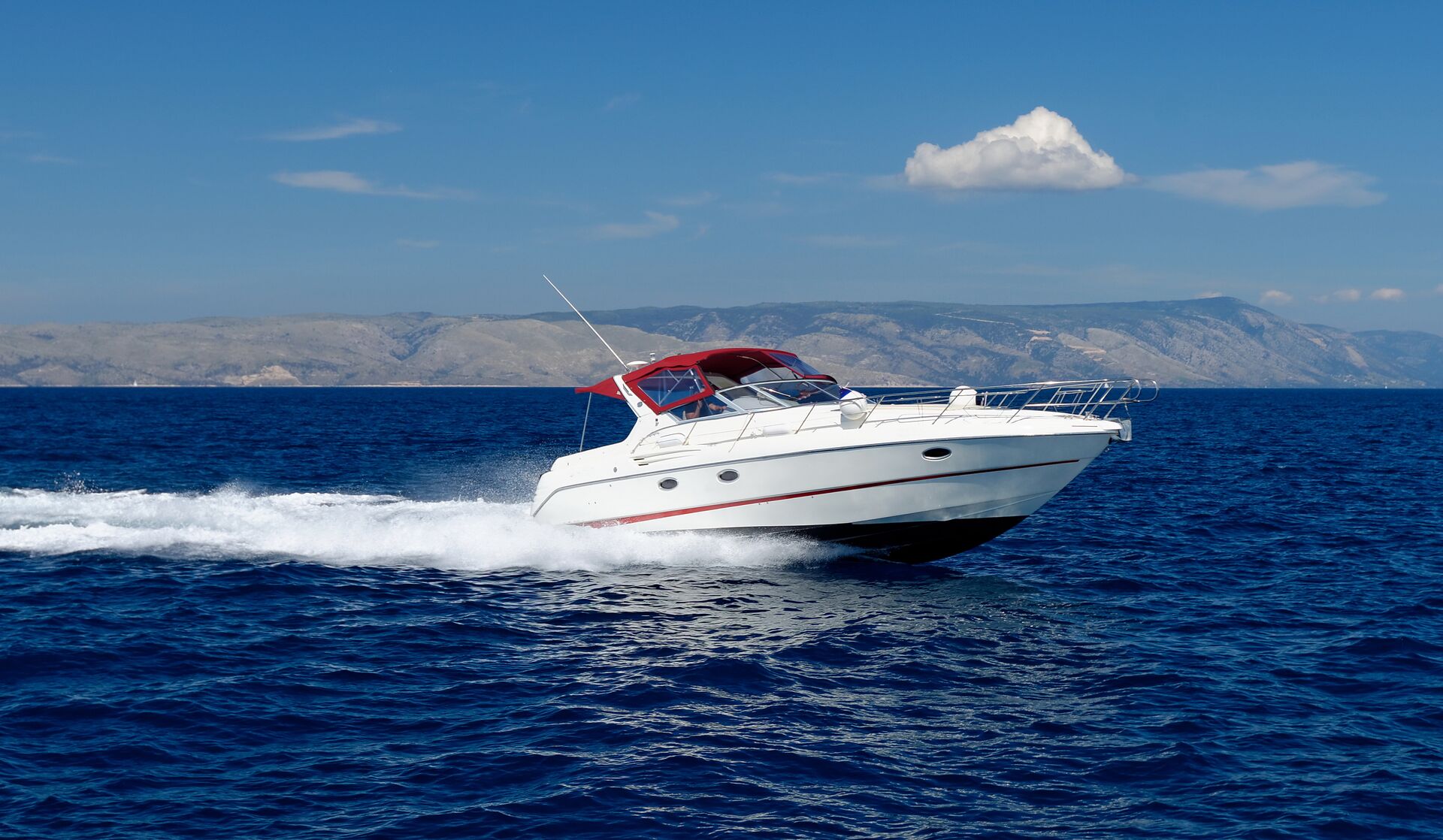
Learn More Boating Terminology With a Boater Education Course
Understanding "port" vs. "starboard" when describing the sides of a boat is a crucial aspect of boating safely — but there are many more terms to know!
A boater education course is one of the best ways to learn boating terminology and safety. Doing so can help you learn crucial navigation tips and rules, how to stock your boat with the right safety equipment, and what to do if something goes wrong. This knowledge can help you have more fun on your boat and reduce risk to yourself and others.
Boating safety education is easier with BOATERexam! If you boat in Canada, take our Transport Canada-approved course. If you boat in the U.S., choose the course for your state and start learning.

